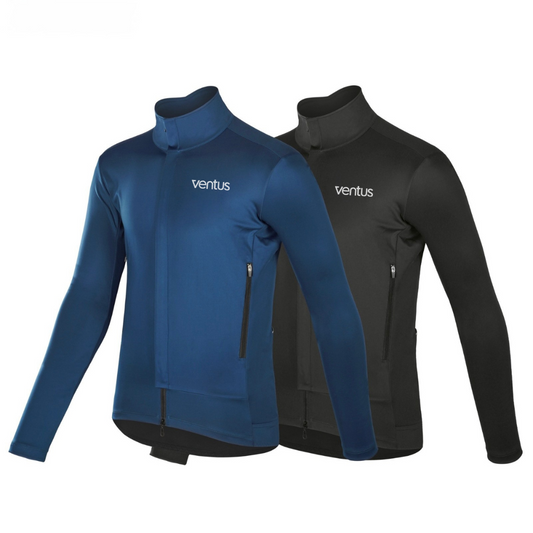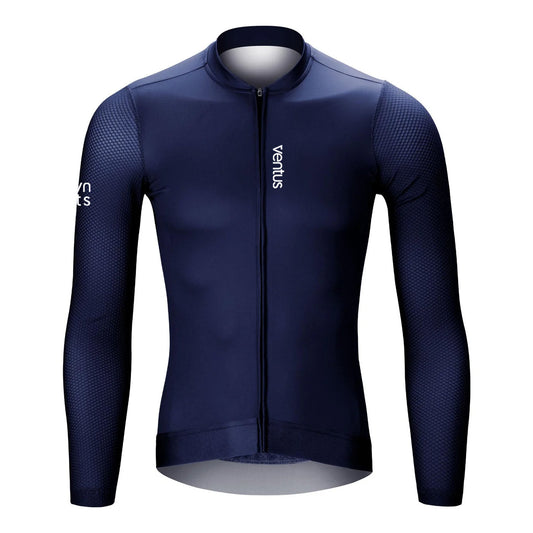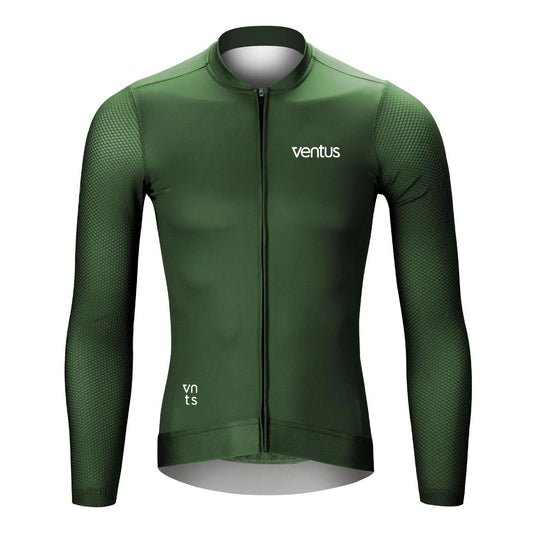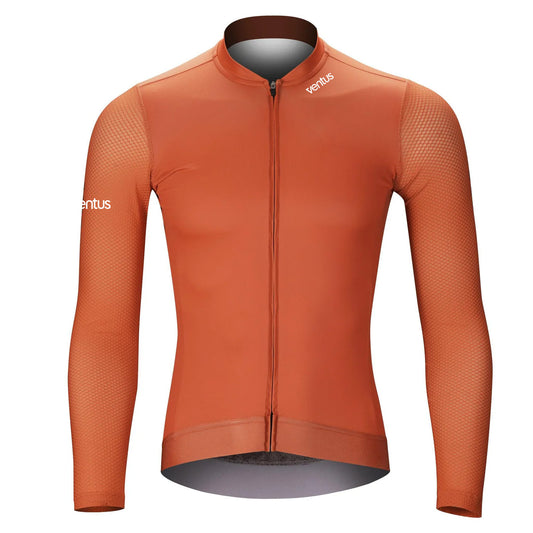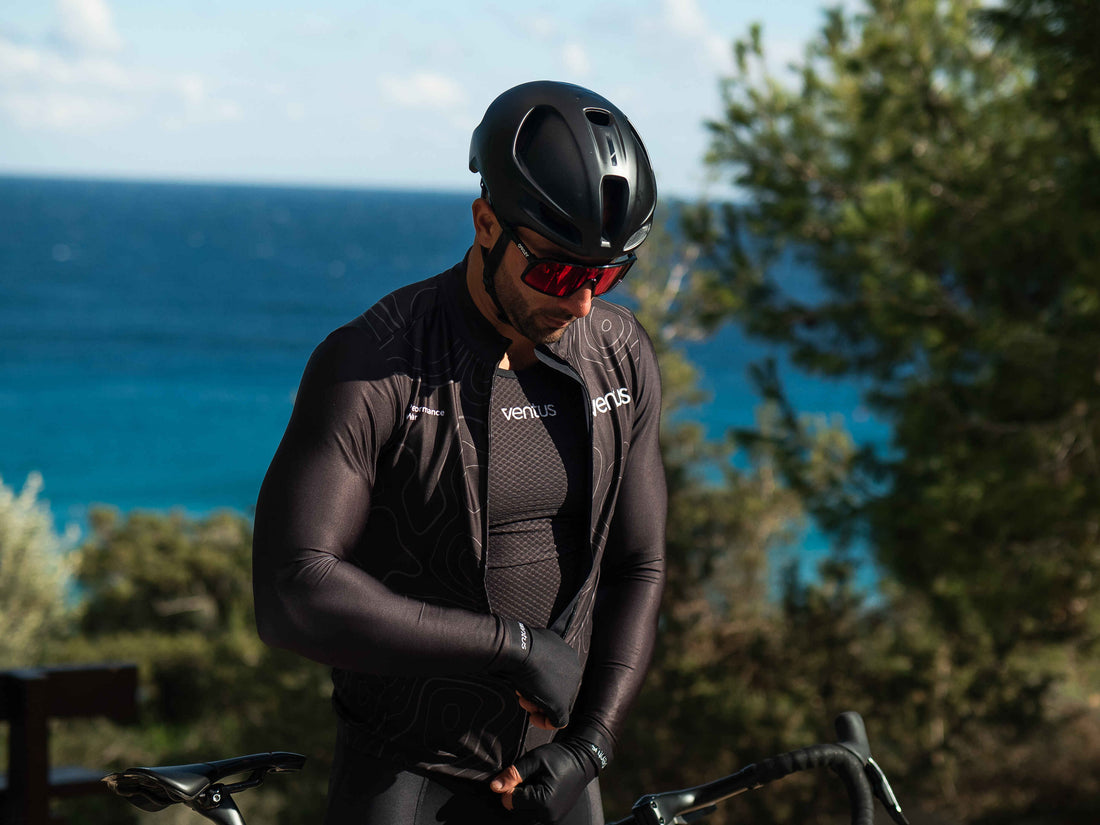
The Science Behind a Cycling Base Layer
Share
WHAT IS A BASE LAYER?
A cycling base layer is an “undershirt" that should keep you dry and comfortable, it's the first layer of clothing you wear against your skin and is the "base" of your cycling outfit.
WHAT IS A BASE LAYER MADE OF?

Good quality base layers will be constructed from high-tech synthetic fabrics designed to wick sweat away from your body. Ventus base layers are not only designed to wick sweat, but are woven with 82% polyester, 18% elastane, which cools the body while also reducing odor.
Base layers made of cotton or other non-wicking fabrics should be avoided at all costs. Cotton will hold moisture near the body, making you feel clammy and increasing the incidence of rashes. Cotton, as a layer closest to your body, will make you hotter in hot weather and colder in cold weather.
SHOULD I USE IT IN HOT WEATHER?
At first, if you are watching enough pro racing you’ll see some riders show off base layers when they unzip their jerseys on long and hot climbs. Supposedly a good base layer can wick away sweat more effectively, keeping you cooler, drier, and more comfortable on hot rides.
WHEN SHOULD A BASE LAYER BE WORN?
When your body gets hot, you sweat, which is our primary means of thermoregulation, and it takes advantage of the power of evaporative cooling. Heat is required to turn water from a liquid to a vapor, so when sweat evaporates, it takes some of our body heat with it. This lowers our skin temperature, and more importantly, our core temperature.
The goal of a base layer is to enhance our body’s natural cooling mechanisms by wicking away sweat so it evaporates more effectively. The carefully selected fabrics used in the Ventus base layer are designed to draw sweat away from the skin by capillary action, speeding up the evaporative cooling effect.
CONCLUSION ABOUT BASE LAYERS

Based on admittedly limited evidences, it seems like base layers aren’t really any better than bare skin. So if your primary goal is staying cool, an additional base layer might with the wrong fabric could have a negative effect.
For optimal cooling, we should be naked. But since we (probably) need to be clothed while riding, then wearing a kit made of the thinnest quick-drying material possible is ideal. It should expose as much skin as possible (maybe triathletes have it right with sleeveless jerseys!) and the fabric should be as form-fitting as possible.
Get 10% off with discount code FIRSTBUY10: Ventus Cycling Base Layer
This lowers the distance sweat has to travel to evaporate and restricts airflow the least, increasing the effectiveness of evaporative cooling. A lot of riders have arrived at this conclusion naturally, just by riding in the heat and experimenting with kit.
You should only add a base layer on rides where you have to transition from cool mornings to hot afternoons. If the heat is really on, you should prefer an ultra-light hot weather jersey.
